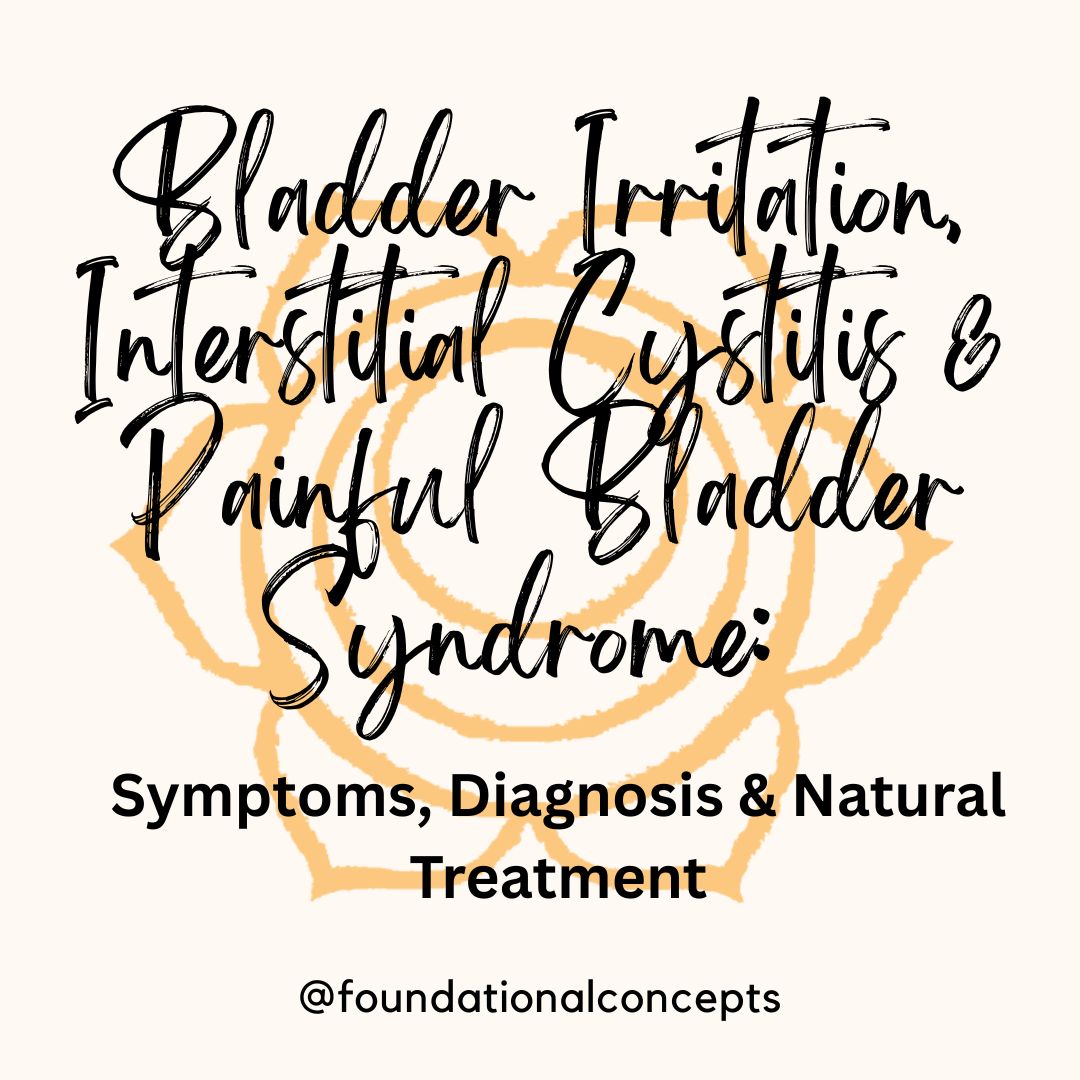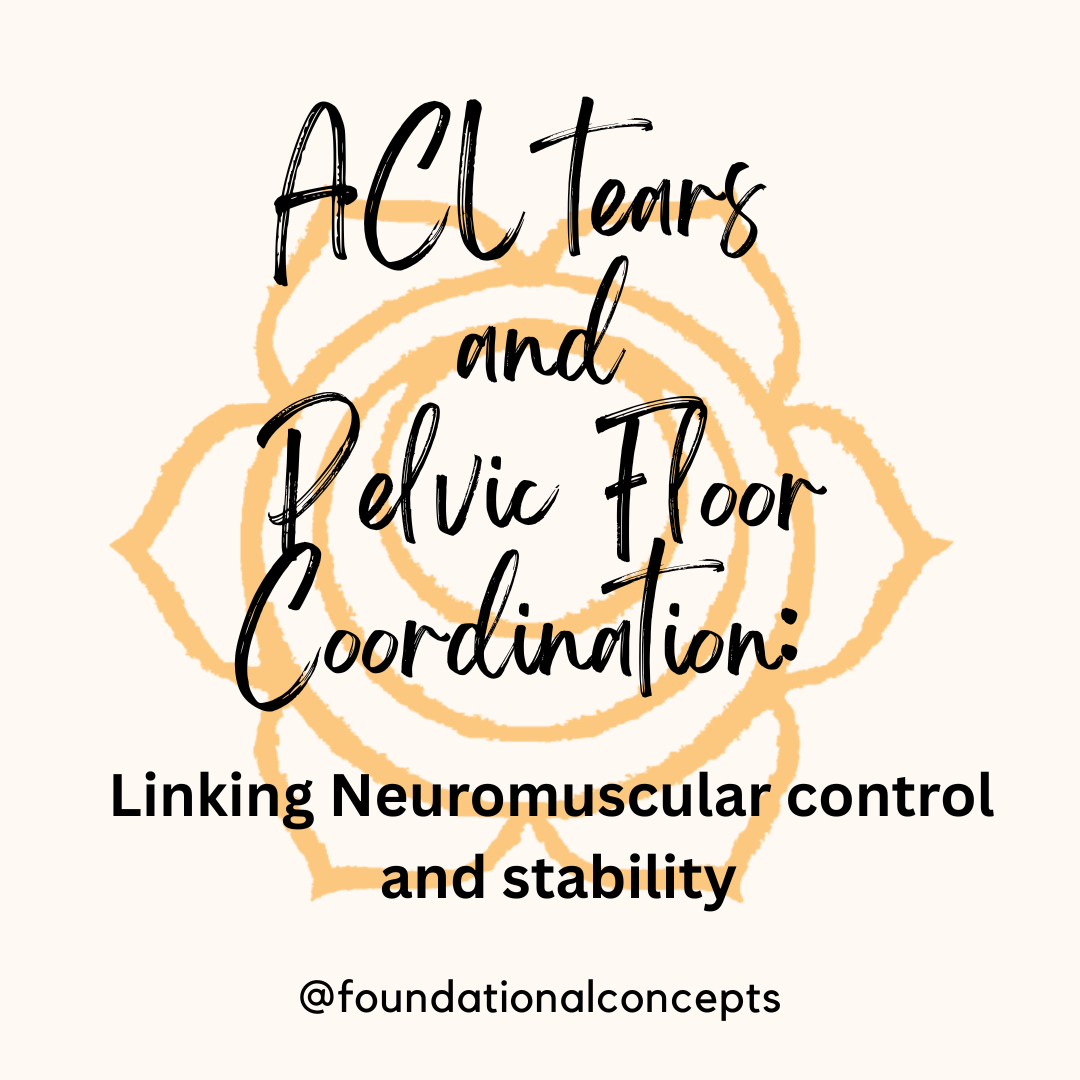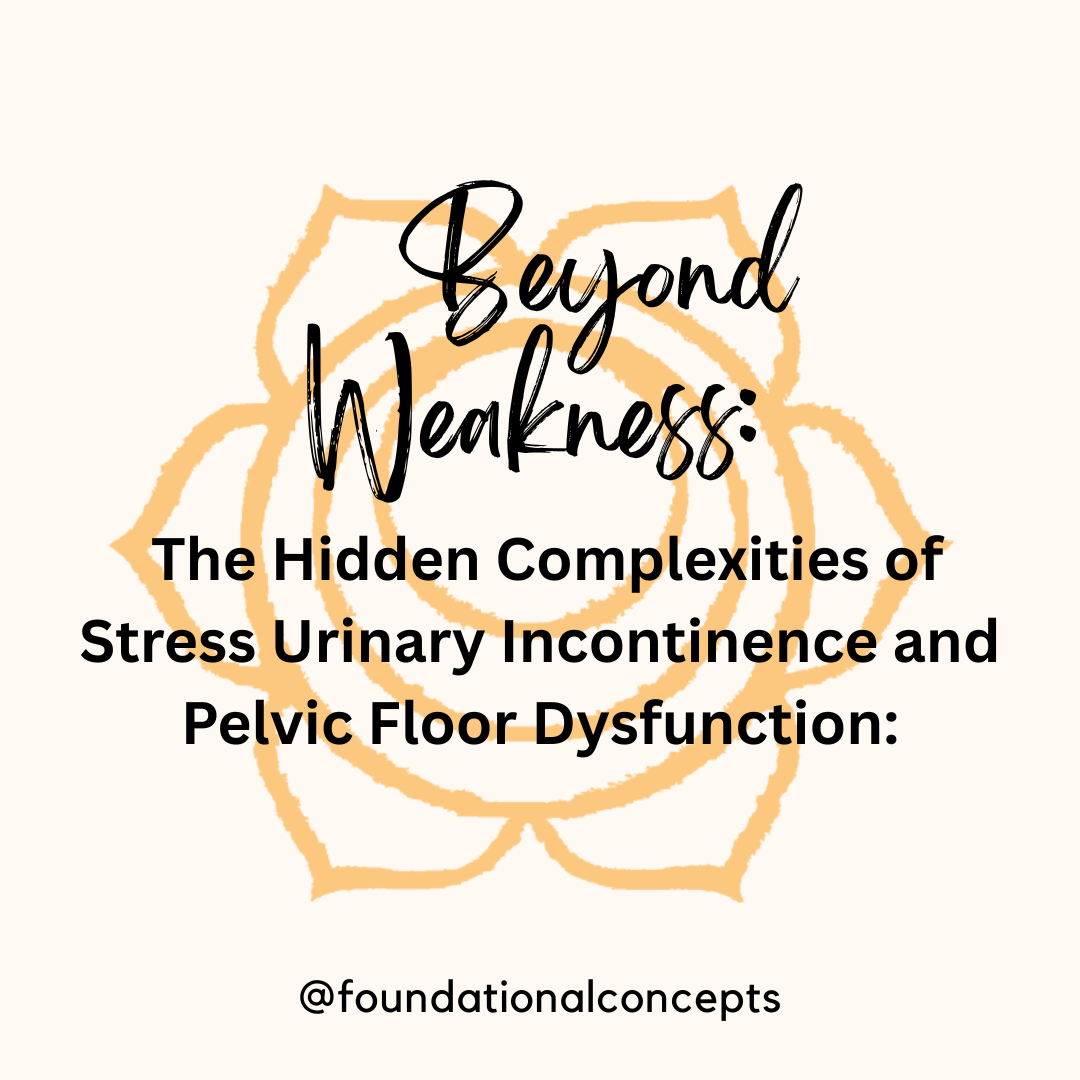Fibromyalgia and Pelvic Symptoms: Understanding the Hidden Connection
Fibromyalgia (FM) is a chronic pain syndrome characterized by widespread symptoms including musculoskeletal pain, fatigue, sleep disturbance, and cognitive changes. Increasingly, research is showing a strong overlap between fibromyalgia and…
Perineal Tears during vaginal delivery: What. Why. and How to reduce risk and severity.
Vaginal birth is an incredible and empowering experience, but it can also come with challenges—including perineal tearing. While some degree of tearing is common during delivery, especially for first-time mothers,…
Bladder Irritation, Interstitial Cystitis & Painful Bladder Syndrome: Symptoms, Diagnosis & Natural Treatment
If you experience frequent urination, pelvic pain, or bladder pressure without a urinary tract infection, you may be dealing with a chronic condition like interstitial cystitis (IC) or painful bladder…
Anterior Cruciate Ligament (ACL) Tears and Pelvic Floor Coordination in Female Athletes: The Importance of Neuromuscular Control and Stability
Athletes are no strangers to injuries, but one of the most significant and challenging injuries for many is an anterior cruciate ligament (ACL) tear. This injury, often resulting from sudden…
We Made List – Fast 50: Fastest-Growing Businesses in the Kansas City Area
We are so excited to share that we made the Kansas City Business Journal's list for 50 fastest growing businesses. We are humbled to be recognized. When we started this,…
The Role of Ultrasound Imaging in Physical Therapy for Pelvic Floor Dysfunction
Pelvic floor dysfunction is more common than many realize, affecting both women and men across different stages of life. It can present as urinary incontinence, bowel dysfunction, pelvic pain, pelvic…
Beyond Weakness: The Hidden Complexities of Stress Urinary Incontinence and Pelvic Floor Dysfunction
Stress urinary incontinence (SUI) is often thought of as a straightforward issue of a "weak pelvic floor. But for many individuals, the cause is far more complex and involves not…
Strong from the Inside Out: Mastering the Deep Core for Lasting Stability
Lumbopelvic stability is the cornerstone of efficient, pain-free movement. At the heart of this stability lies a deep system of muscles often overlooked in conventional training or even in some…
Supporting Little Bodies: Understanding Pediatric Pelvic Floor Dysfunction and How Rehabilitative Ultrasound Imaging Can Help
Pediatric pelvic floor dysfunction is more common than many realize. Conditions like urinary incontinence, bowel accidents, and retention can significantly impact a child’s confidence, emotional well-being, and family life. Often,…
Pudendal Nerve Injuries During Childbirth
Childbirth can bring significant physical changes and challenges. Among them, pelvic nerve injuries—especially those affecting the pudendal nerve—can cause lasting pain and dysfunction for new mothers. These injuries typically occur…
The Psoas Muscle: Is It the Problem or the Messenger?
If you've dealt with chronic lower back or pelvic pain, hip tightness, or postural imbalances, you may have heard someone mention the psoas muscle. But is the psoas muscle truly…
Chronic Pelvic Pain and the Pudendal Nerve
Pudendal nerve pain is a form of chronic pelvic pain that occurs when the pudendal nerve, which supplies sensation and motor control to the pelvic region, is irritated, compressed, or…


















